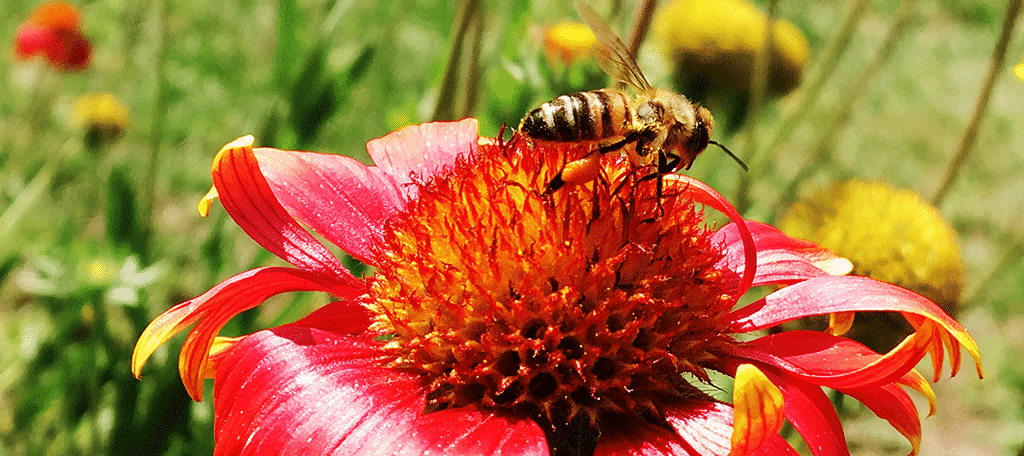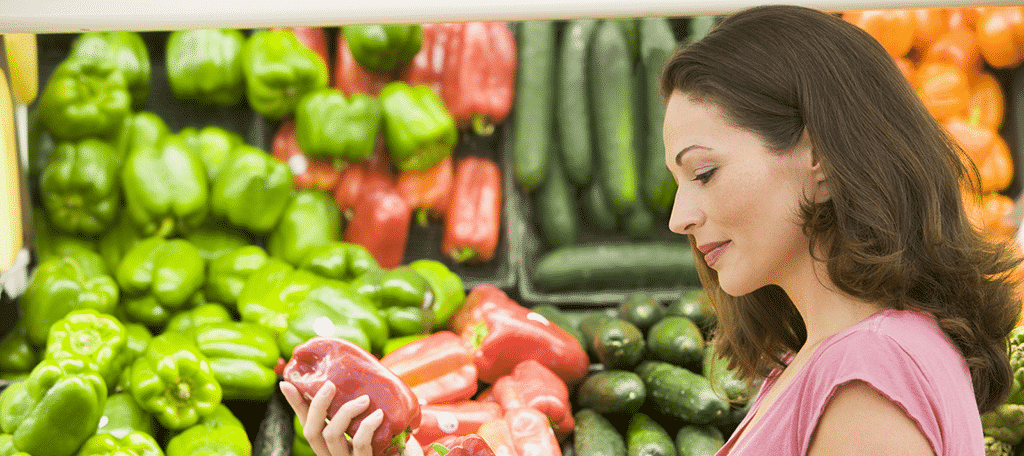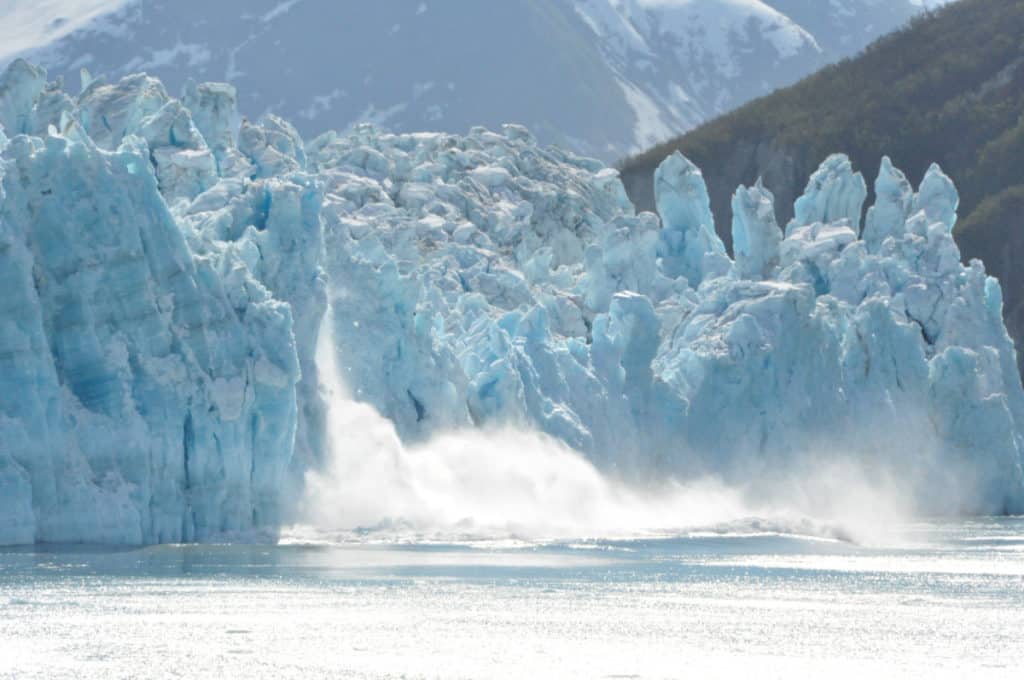
Biodiversity is the key to the large number of food sources we enjoy, but as it declines, so will our food sources. However, the decline of biodiversity cannot be attributed to just one thing. There are multiple factors that contribute to its decline.
Some of these factors include climate change, pollution, water management, and land use, overharvesting and other factors. All of this is highlighted in the Biodiversity Report that was released by the United Nations.
Key Points of The Report
If you do not plan on reading the full report, here are the key points. The expected human population by 2050 will approximately be 10 billion. Feeding this large of a population will prove difficult. The diversity that we once relied on is slowly disappearing.
While humans cultivate over 6000 plant species for food, nine of them make up 66% of total crop production. The same picture can be painted when looking at livestock. While there are around 40 species of livestock, only a handful are used to produce the meat, milk, and eggs we rely on.
The other main takeaway from this report is that the species that support our food chains are on the decline. This includes plants, mammal, and insects. Out of these three, insect decline is the more severe with reports saying that there is a 40% insect decline happening now. Losing critical components that support our food sources will put them at risk.
How Would the Impact Be Felt

The impact of a loss in our food chain is hard to imagine because it is highly dependent on the area. For example, imagine our harvests that rely on bees to pollinate them. If the bees just happened to disappear or their number shrunk significantly, the plants that relied on them to pollinate would end up dead. This would cripple some of the agricultural sectors.
It also would create a situation where all humans are relying on one crop. And as history has taught us, this is never a good idea. Look at the Irish potato famine in 1840. The Irish people relied on potatoes and when a famine struck, many starved to death. While this is extremely unlikely, diversity in our crops ensures that this will never happen.
What Are The Solutions
Whenever a problem is presented, multiple solutions are sure to follow. Many of these practices are region specific. For example, if you rely on bees to pollinate your crops, you need to plant additional plants that will invite bees. This process is followed by Ghana farmers. They plant cassava plants between crops because of the large amount of nectar they produce.
Another great example of this can be seen in rice fields in California. Normally after harvest, the rice fields are burned. Instead, farmers are now flooding the fields, which provide new wetlands for bird species to find food. Many of these types of techniques are being utilized by countries around the world, but there is a big problem.
All of this isn’t happening fast enough. While 2050 may sound like it is far away, in terms of preparations, it’s right around the corner. Agricultural practices need to change now.
How Can Everyone Do Their Share

Generally, when there is an environmental concern, everyone can do their fair share and this is no different. While the practices farmers utilize are up to them, the products you purchase are up to you. If you do not support their practices, do not support their products. Boycotting food with bad practices behind them is the best way to be heard.
Luckily, many places have local farmer markets that you can purchase produce from. With a little research, you can make purchases from farmers who follow practices that support biodiversity.

